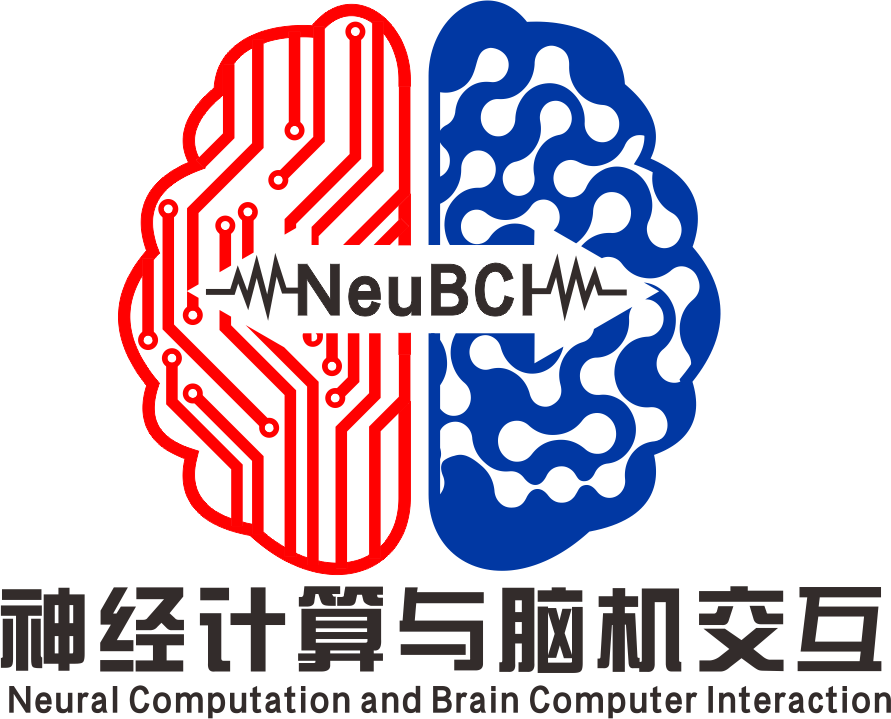A general-purpose deformable registration algorithm referred to as ‘‘DRAMMS” is presented in this paper.
DRAMMS bridges the gap between the traditional voxel-wise methods and landmark/feature-based
methods with primarily two contributions. First, DRAMMS renders each voxel relatively distinctively
identifiable by a rich set of attributes, therefore largely reducing matching ambiguities. In particular, a
set of multi-scale and multi-orientation Gabor attributes are extracted and the optimal components
are selected, so that they form a highly distinctive morphological signature reflecting the anatomical
and geometric context around each voxel. Moreover, the way in which the optimal Gabor attributes
are constructed is independent of the underlying image modalities or contents, which renders DRAMMS
generally applicable to diverse registration tasks. A second contribution of DRAMMS is that it modulates
the registration by assigning higher weights to those voxels having higher ability to establish unique
(hence reliable) correspondences across images, therefore reducing the negative impact of those regions
that are less capable of finding correspondences (such as outlier regions). A continuously-valued weighting
function named ‘‘mutual-saliency” is developed to reflect the matching uniqueness between a pair of
voxels implied by the tentative transformation. As a result, voxels do not contribute equally as in most
voxel-wise methods, nor in isolation as in landmark/feature-based methods. Instead, they contribute
according to the continuously-valued mutual-saliency map, which dynamically evolves during the registration
process. Experiments in simulated images, inter-subject images, single-/multi-modality images,
from brain, heart, and prostate have demonstrated the general applicability and the accuracy of
DRAMMS.
To download attachments, please log in.
